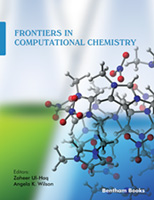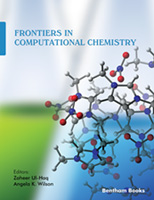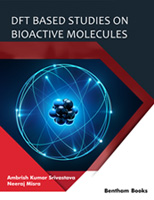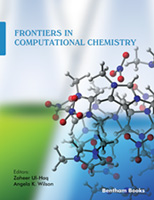Introduction
“Advances in Mathematical Chemistry and Applications, Volume 1” highlights the emerging discipline of mathematical chemistry, or, more precisely, discrete mathematical chemistry.
This volume is written by internationally renowned experts in the field. It comprises of a wise integration of mathematical and chemical concepts and covers numerous applications in the field of drug discovery, bioinformatics, chemoinformatics, computational biology and ecological health.
The contents of this book include chapters on mathematical structural descriptors of molecules and biomolecules, topological representation of molecular structure, connectivity matrices, use of weighted 2D Fingerprints in similarity-based virtual screening and much more.
This ebook is a valuable resource for MSc and PhD students, academic personnel and researchers seeking updated and critically important information on the fundamental concepts of mathematical chemistry and their applications.





